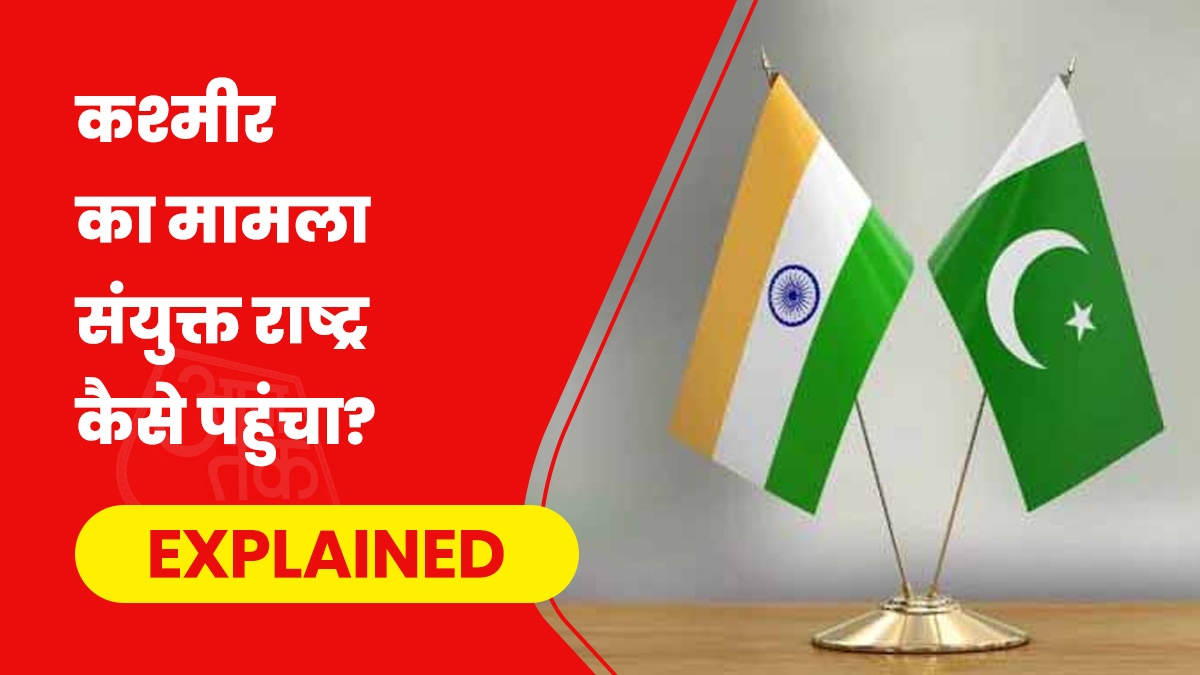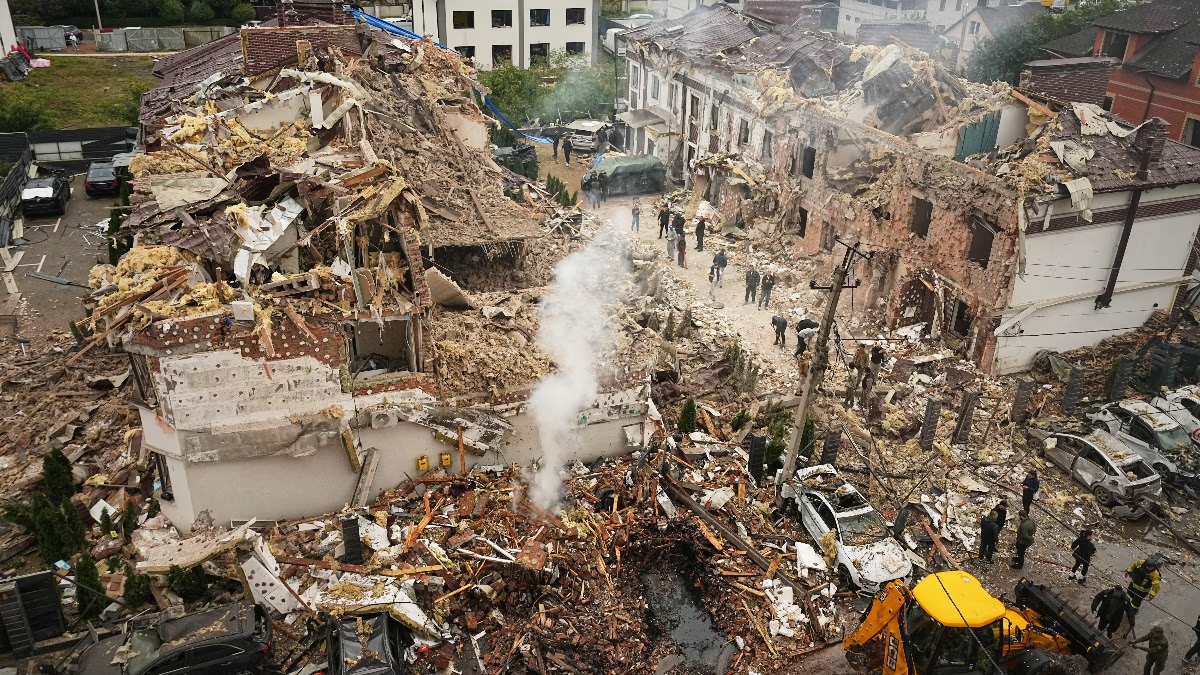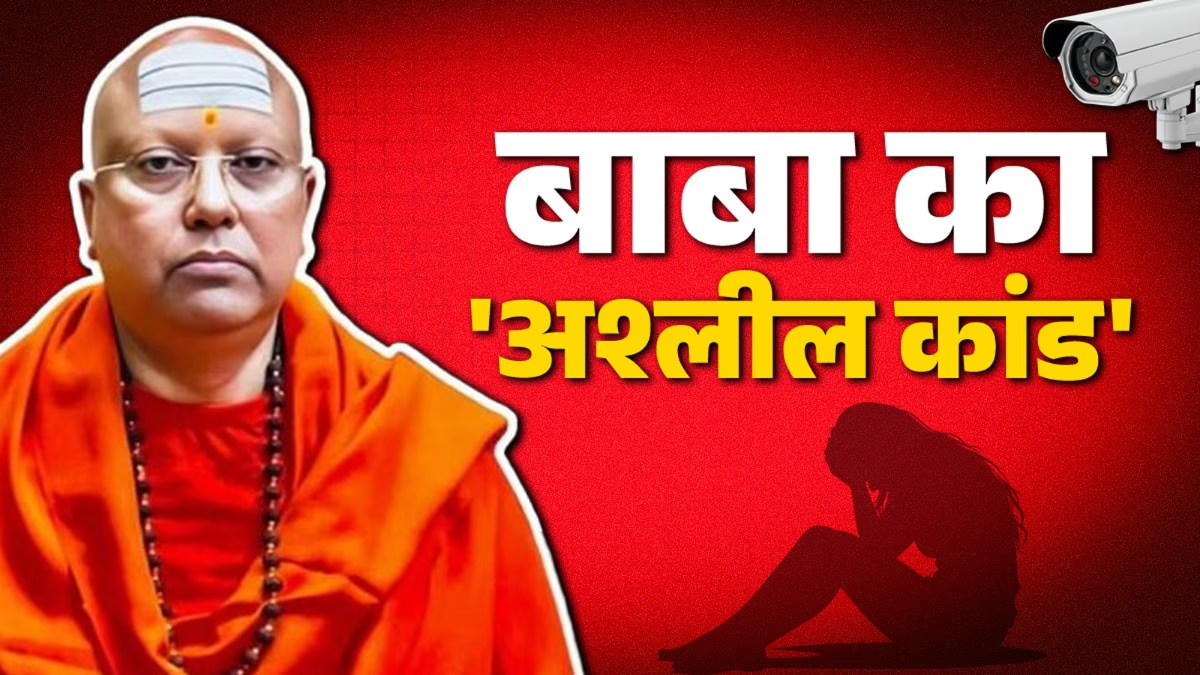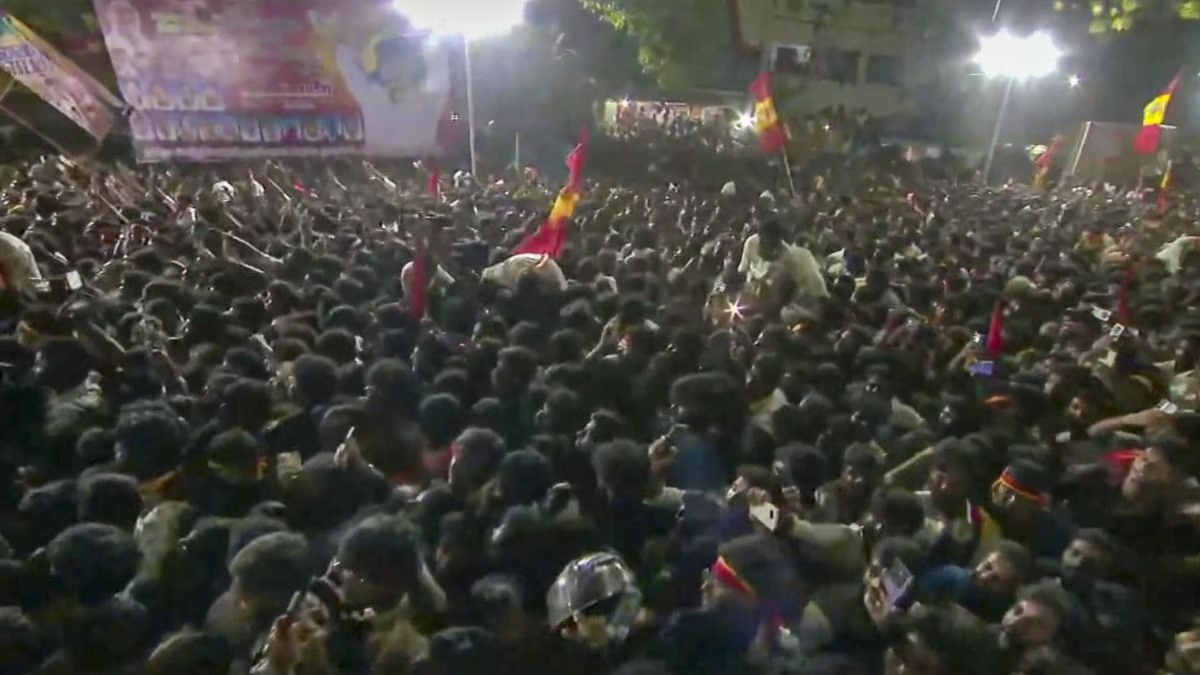Pakistan currently occupies over 78,000 square kilometers of Kashmir, an area expansive enough to encompass over fifty Delhis. Referred to as Azad Kashmir by Pakistan, the ground realities denote this territory as Pakistan-occupied Kashmir (PoK) in common parlance.
Home Minister Amit Shah addressed the Lok Sabha on Wednesday, stating that had India's first Prime Minister, Pandit Jawaharlal Nehru, taken appropriate measures, PoK might have been an integral part of India today.
Shah depicted Nehru's decision to call for a ceasefire and to take the Kashmir dispute to the United Nations as a monumental blunder.
Let's delve into how PoK was formed, how the Kashmir issue escalated to the United Nations, and the current situation on the ground.
The Dawn of Kashmir as Part of India
Independence in 1947 coincided with partition, forging two separate nations, India and Pakistan. Back then, India was divided into over 500 princely states, many of which wished to remain independent.
The princely state of Jammu and Kashmir was amongst them, with a Muslim-majority population ruled by Hindu Maharaja Hari Singh, who initially decided to keep Kashmir independent.
However, post-partition, Pakistan had its eyes on Kashmir, aiming for annexation. Nonetheless, Kashmir chose sovereignty.
By October 22, 1947, thousands of tribal invaders, supported by Pakistan's government and army, breached Kashmir intending to annex it into Pakistan.
As invaders took control of various regions, Maharaja Hari Singh sought India's assistance.
On October 27, 1947, Maharaja Hari Singh signed the instrument of accession to India, leading to the Indian Army's deployment in Kashmir the following day, progressively repelling the Pakistani invaders.
During this period, both Indian and Pakistani military heads were British, with Mountbatten asserting pressure on India. It's said that Nehru took the issue to the UN on January 1, 1948, upon Mountbatten's advice.
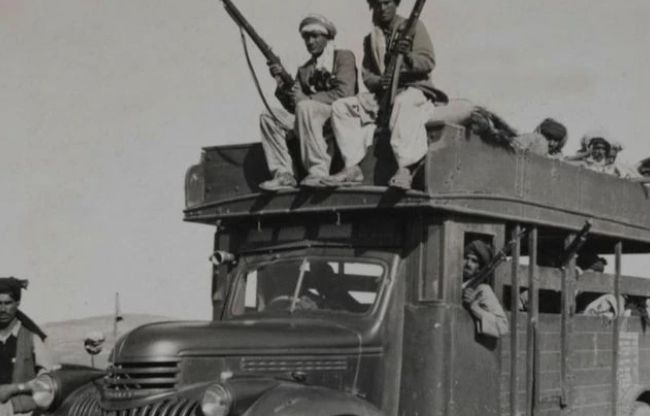
Source: aajtak
The UN Encounter
In 1948, the Kashmir dispute reached the UN, and four resolutions ensued. Resolution 38 first appealed for a normalization of the situation. Resolution 39 formed a three-member committee for peaceful resolution, including representatives from both India and Pakistan, who would collectively designate the third member.
Resolution 47, passed on April 21, 1948, consented to a plebiscite, conditional on the withdrawal of Pakistani tribesmen. Following that, Resolution 51 established the United Nations Commission for India and Pakistan in June 1948. By December 1948, the Commission advised a plebiscite and ceasefire.
Even as the UN mediated, Pakistan captured significant Kashmiri territory. The ceasefire agreed that the Kashmir portion with India would remain so, and the area seized by Pakistan, eventually referred to as PoK, would be Pakistan's territory.
Despite the ceasefire, the Pakistani military did not retreat from PoK, prompting India to decline the plebiscite offer.
The Current State of PoK
According to the Indian government, Pakistan illegally occupies over 78,000 square kilometers of Kashmir. In a 1963 agreement, Pakistan ceded 5,180 square kilometers to China.
PoK comprises two sections: Azad Kashmir, as named by Pakistan, and Gilgit-Baltistan, bordering India's Ladakh. Given its strategic location bordering multiple countries, PoK holds significant geopolitical importance.
In 1949, a 'Karachi Agreement' saw leaders from Azad Jammu-Kashmir and the Pakistani government transferring Gilgit-Baltistan to Pakistan. PoK has its government, including a President and Prime Minister, but remains largely dependent on the Pakistani central government for decisions. It also has separate courts and an assembly.
The Status Quo
Despite UN resolutions, the Pakistani military has not vacated PoK. September 1952 saw a resolution allowing for military presence from both sides. The 1972 Shimla Agreement between India and Pakistan post the 1971 war decided that the Kashmir dispute would be bilateral, excluding third-party interference, including the UN.
Pakistan has continued to internationalize the issue, while India insists on a bilateral resolution and rules out talks until terrorism ceases.
As yet, the Kashmir conflict remains unresolved, with Pakistan often escalating tensions through terrorism, while India maintains its position of non-negotiation under terror threats.
